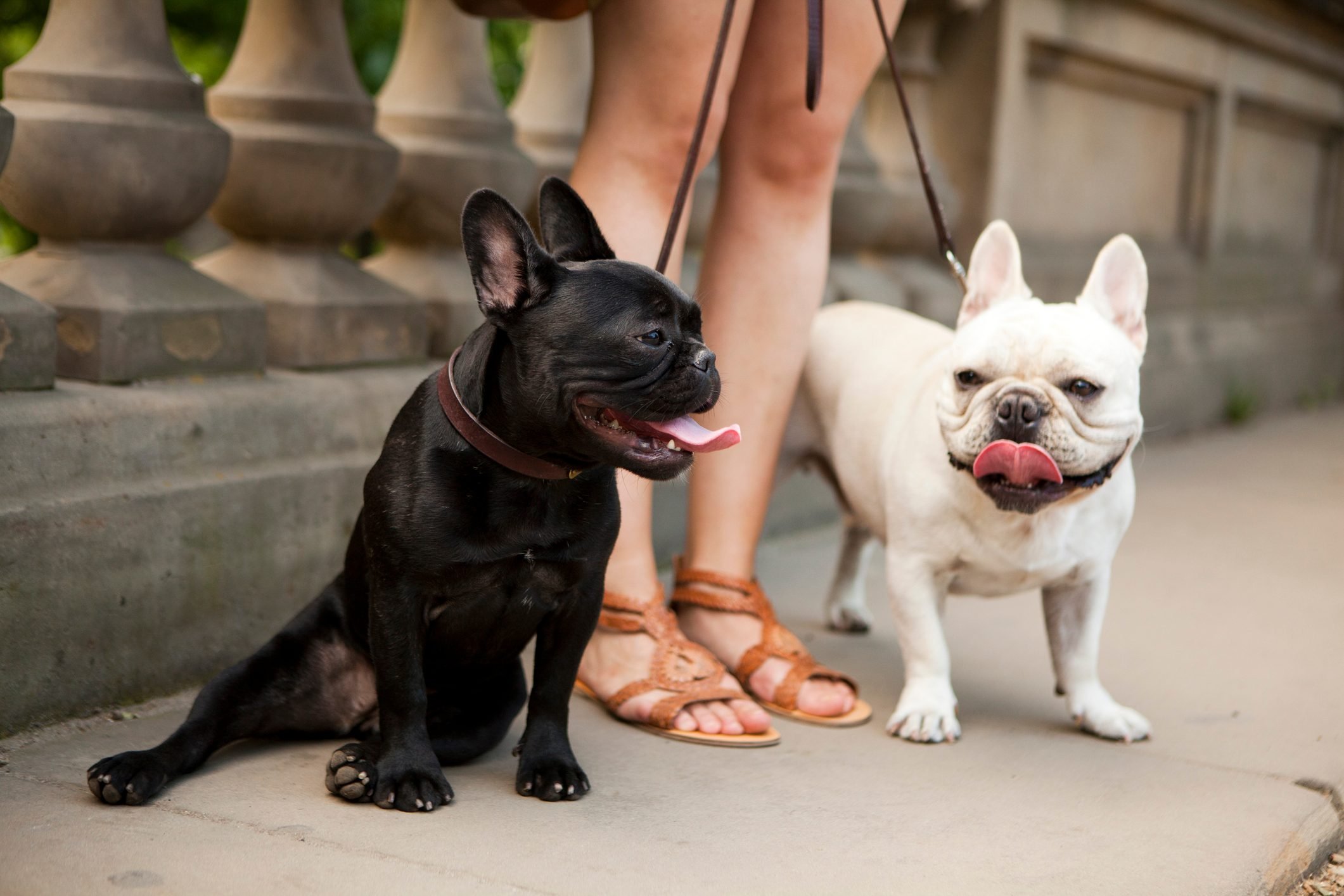Understanding Why Dogs Pant: Common Reasons Revealed by Experts
מושגי ליבה
Dogs pant for various reasons, including cooling off, overexertion, pain, anxiety, medications, and medical problems. The author explores these common causes to help dog owners understand their pets better.
תקציר
Dogs pant for multiple reasons such as cooling off, overexertion during play, pain signals due to various conditions, anxiety triggers, medication side effects, and underlying medical issues. Recognizing the cause behind a dog's panting behavior is crucial for ensuring their well-being and addressing any potential concerns promptly.
התאם אישית סיכום
כתוב מחדש עם AI
צור ציטוטים
תרגם מקור
לשפה אחרת
צור מפת חשיבה
מתוכן המקור
עבור למקור
www.rd.com
Why Do Dogs Pant? 6 Common Reasons, According to Experts
סטטיסטיקה
"Panting might seem like a counterintuitive way to remove excess heat (it looks so laborious), but it works."
"Certain medicines can cause excessive panting."
"Heart failure, Cushing’s disease (when the adrenal glands overproduce cortisol), laryngeal paralysis, respiratory illness and obesity are some examples."
ציטוטים
"Panting is typically only an emergency if it occurs secondary to heat stroke [or as a result of medical problems or ingesting something toxic]." - Dr. Greene
"Dogs in respiratory distress require immediate veterinary attention." - Dr. Greene
תובנות מפתח מזוקקות מ:
by Lisa Marie C... ב- www.rd.com 01-20-2023
https://www.rd.com/article/why-do-dogs-pant/
שאלות מעמיקות
How can pet owners differentiate between normal panting and signs of respiratory distress in dogs?
Pet owners can differentiate between normal panting and signs of respiratory distress in dogs by observing certain key indicators. Normal panting is typically characterized by bright-pink-colored gums, a relaxed mouth, and minimal chest movement. On the other hand, signs of respiratory distress include pale, brown, muddy, or blue-tinged gums, extended head and neck posture, increased abdominal effort to breathe, and an overall appearance of struggling to get air. Additionally, distracted behavior with food or treats may indicate normal panting as opposed to respiratory distress where the dog is too focused on breathing efforts to engage with distractions.
How can pet owners alleviate anxiety-related panting in dogs?
To alleviate anxiety-related panting in dogs effectively, pet owners can employ various strategies such as behavioral training techniques like desensitization and counterconditioning. Creating a safe space for the dog with familiar items like toys or blankets can help reduce stress levels. Providing regular exercise and mental stimulation through activities like interactive games or puzzle toys can also aid in managing anxiety. Additionally, using calming products specifically designed for anxious pets such as pheromone diffusers or calming vests may help soothe the dog during stressful situations.
How do different dog breeds with varying snout structures affect their panting behaviors?
Dog breeds with varying snout structures exhibit differences in their panting behaviors due to anatomical variations that impact airflow efficiency. Short-nose breeds like bulldogs or pugs have brachycephalic features that make it challenging for them to breathe efficiently compared to longer-nosed breeds. As a result, these flat-faced breeds may experience more pronounced panting episodes especially during physical exertion or hot weather conditions. Their unique anatomy predisposes them to heat intolerance and potential breathing difficulties which require careful monitoring by pet owners to prevent overheating or respiratory issues.
0
